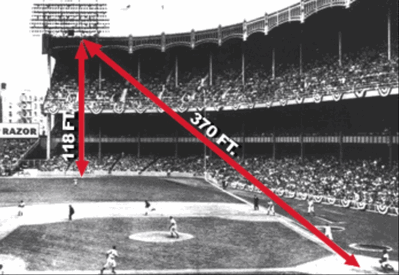- Understanding Bat Shaving: A Precision Process for Power Curious about bat shaving? This intricate service involves thinning the inner wall of a composite bat's barrel, amplifying its hitting prowess. The bat undergoes a meticulous process in a CNC lathe, with coordinates guiding a cutting tool to evenly reduce a portion of the inner wall. The end cap is then secured back with a robust, flexible epoxy, transforming your bat into a finely tuned powerhouse.
-
Effectiveness of Bat Shaving: Backed by Penn State University Skeptical about its effectiveness? Penn State University's study confirms the gains of up to 62 feet in batted ball distance achieved through bat shaving. On average, expect a remarkable 30-60 feet improvement, and introducing an end load can catapult these gains even higher. Bat shaving undeniably works, offering a substantial boost to the ball's travel distance compared to a standard bat.

-
Mechanics Behind Bat Shaving: Enhancing Flexibility for Impact Wondering about the mechanics? Bat shaving, as explained earlier, involves thinning the barrel walls to enhance flexibility. The compressed barrel, upon impact with a baseball or softball, produces a heightened trampoline effect. Picture pulling a bow back farther to shoot an arrow – the increased flexibility contributes to a more potent hit.

-
Legality of Bat Shaving: Navigating the Rulebook Is bat shaving within the rules? Unfortunately, no. All baseball and softball associations classify bat shaving as an illegal act, considering it an alteration of the bat. This is primarily due to the fact that a shaved bat exceeds the associations' distance restrictions, rendering it unsuitable for regular play. Reserved for controlled environments like batting practice or homerun derbies, a shaved bat remains off-limits during standard gameplay.

- Detecting Bat Shaving: Unveiling the Telltale Signs How can you spot a shaved bat? With the right tools, it's a straightforward task. One method involves opening the end cap and inspecting the barrel. Alternatively, a Barrel Compression tester measures the stiffness of a composite barrel bat – if it flexes beyond association limits, there's a possibility of shaving. Another telltale sign is a comparative analysis; if a bat massively outperforms its unaltered counterpart, it likely underwent the bat shaving process. A keen eye and proper equipment can reveal the secrets hidden within a bat's construction.
